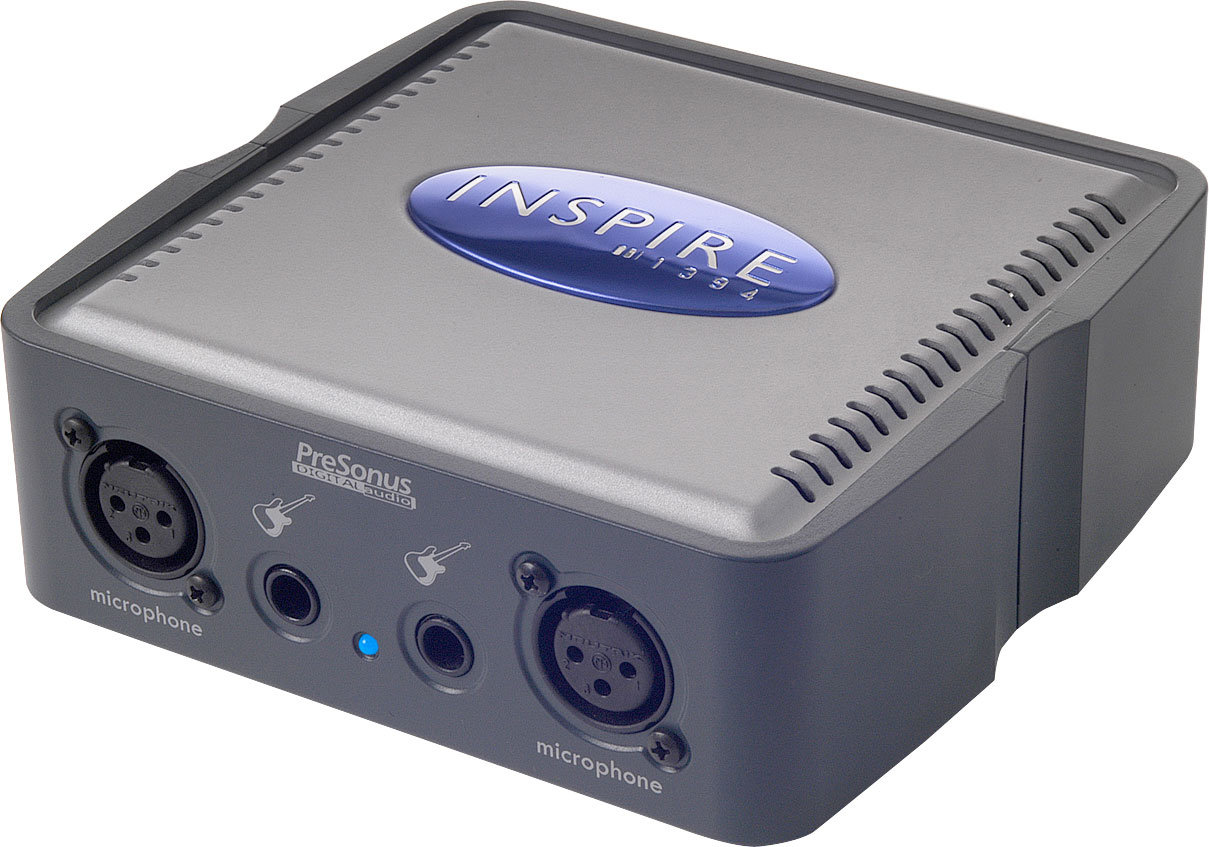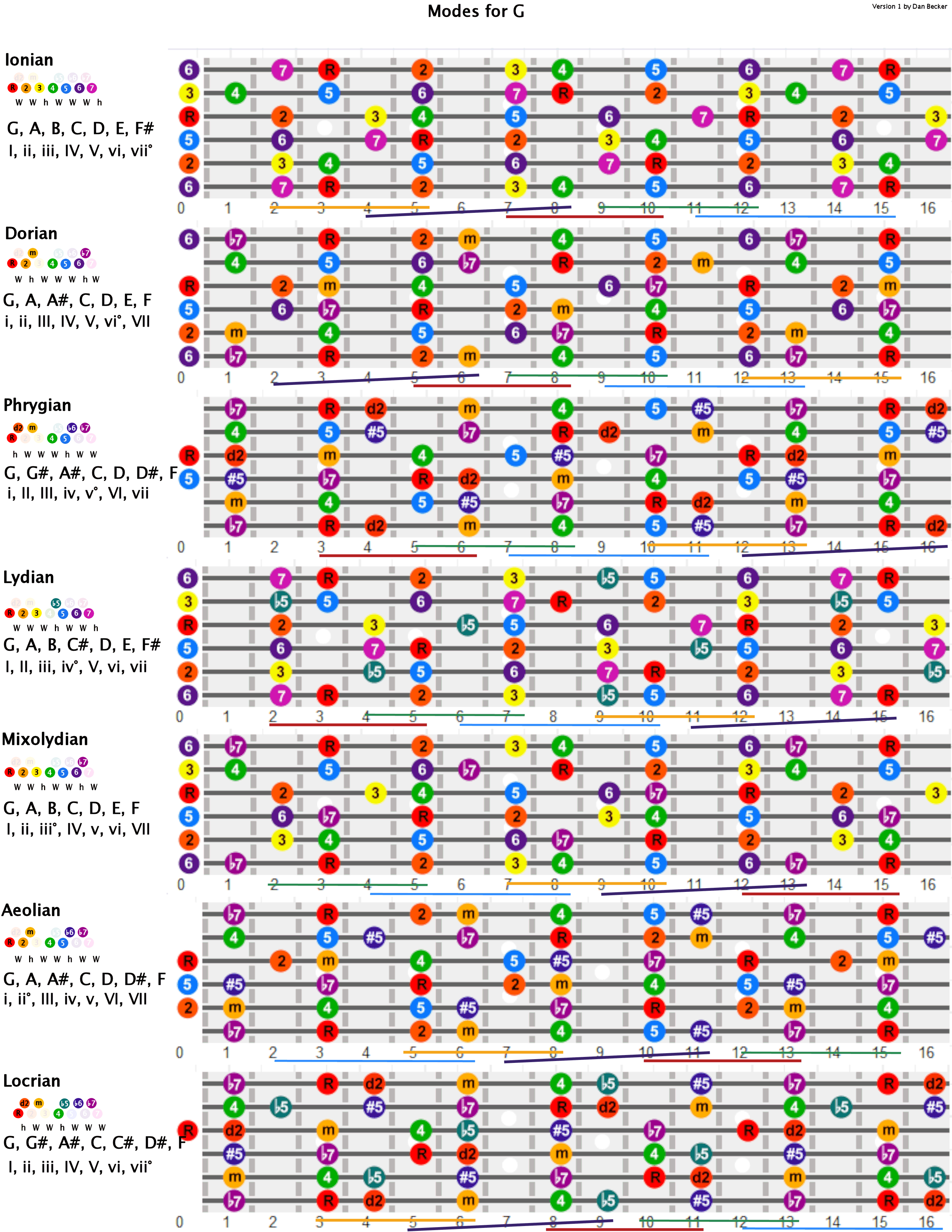 |
| Image courtesy of c1.zzounds.com |
While I've been playing guitar for 30 years, I've only been recording music for roughly 7 years. Recording software and digital effects emulation make recording electric guitar fairly straight forward. It's really just a matter of dialing in the sound you want and tweaking a few things like virtual mic placement etc. Recording acoustic guitar however is another beast altogether. In the last 7 years I've written a good amount of songs for acoustic guitar however I've rarely recorded any of those. The vast majority of my acoustic recordings sound like shit. Some sound like I'm playing in a canyon, others don't capture anything but the low end of the guitar. Others still are just plain awful making the first two types sound like studio quality recordings by comparison.
A Hellish Process
When I record acoustic gutiars here at I'm using a Samson C01 Studio condenser mic, a Presonus Inspire 1394 Firebox, and a $99 Epiphone acoustic guitar. I've had much more experienced people tell me that if I practice enough I can produce something of quality. I practice plenty but there are so many things that can fuck up an acoustic recording. I'm sure professional audio engineers and producers have very little trouble in creating and capturing fantastic and vibrant acoustic guitar but that's still a ways off for me.
A Hellish Process
When I record acoustic gutiars here at I'm using a Samson C01 Studio condenser mic, a Presonus Inspire 1394 Firebox, and a $99 Epiphone acoustic guitar. I've had much more experienced people tell me that if I practice enough I can produce something of quality. I practice plenty but there are so many things that can fuck up an acoustic recording. I'm sure professional audio engineers and producers have very little trouble in creating and capturing fantastic and vibrant acoustic guitar but that's still a ways off for me.
- The Room You're Playing/Recording In - Playing guitar in any old room is fine but recording in any room just isn't going to cut it. In fact the room you elect to record in can render a perfect set up useless. Recording in an acoustically dampened room for instance will allow you to pull a microphone away the guitar being recorded which generally produces a rather nice warm sound. Rooms with echo and noise however will require you to either place a mic very close to an acoustic guitar or pack up and look for another room in which to lay tracks down. Everyone has their own recording and sound preferences but generally speaking you don't want a lot going on in any room you plan on recording in. Try finding such a room in a house with 5 kids, 3 of whom are little, and two of whom are infants/toddlers.
- The Microphone - As I mentioned earlier, I'm relativity inexperienced when it comes to recording acoustic guitar so as I become more adept at the process I may start using an omni-directional microphones, who knows. As of now however I've had far greater success with condenser mics. In rare instances where I've mic'd up my amplifier instead of playing direct I definitely stick with the omni mic's and while some people tell me to use them for acoustic recordings I've never been able to produce anything of even mediocre quality with them. As far as mic placement is concerned...in my busy and loud house I keep my mic close to my guitar.
- Boosting And Effects - For a recording novice like me, getting a full and warm sound from my acoustic guitar just isn't possible. Sure I could put new strings on before each recording, strum harder, get a better guitar etc. but my sub-par acoustic recordings are more a result of inexperience than anything else. For the time being I use a virtual compressor in my recording software and...believe it or not a harmonizer pedal. Turns out if I turn the harmonizing aspect all the way down on the pedal it produces a very nice reverb-ish type of effect which boosts my input signal considerably and without any noise!
Last night I took a break from running scales and instead spent my practice time recording acoustic guitar. I played two covers from two of my favorite bands and threw in 2 of my own compositions for shits and giggles. I recorded this sitting at my desk with my condenser about 6-8 inches from my guitar. You can ignore my horrific vocals on the first part of the track. I was having a bit of fun. I quad-tracked each song for fullness.
- Track 1 - Charisma by KISS
- Track 2 - My own song from the early 90's
- Track 3 - No Excuses by Alice In Chains (got the drum track on YouTube)
- Track 4 - My own song from 2009
Putting My Acoustic Recording Skills To The Test
If you'd like Corona guitar lessons or just want to talk music in general be sure to hit me up on any of these social media platforms. Take it easy and keep playing!




